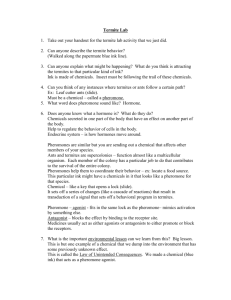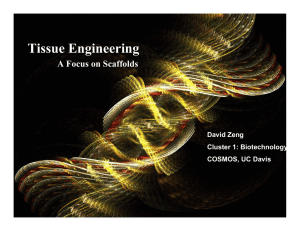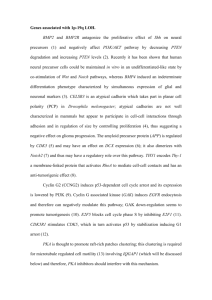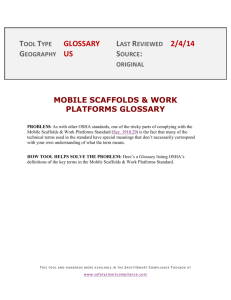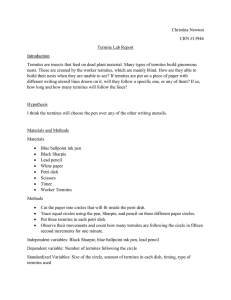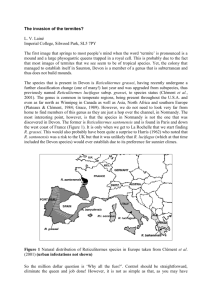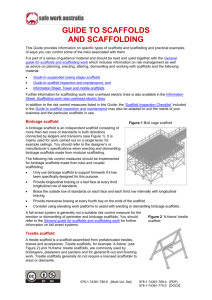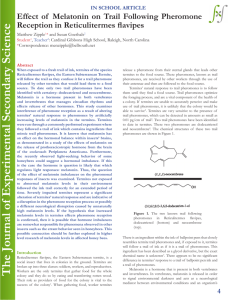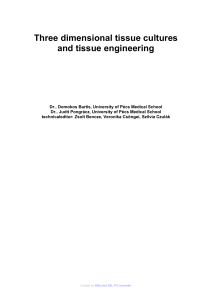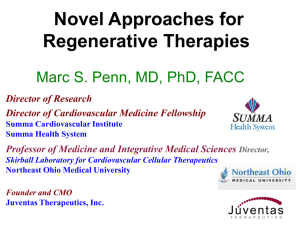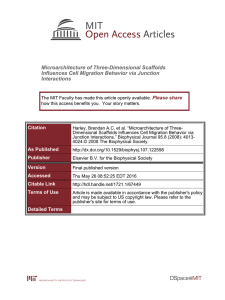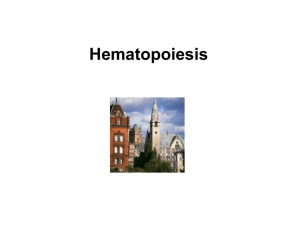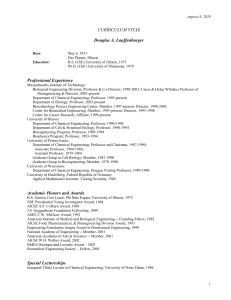NEW TE termite activity
advertisement
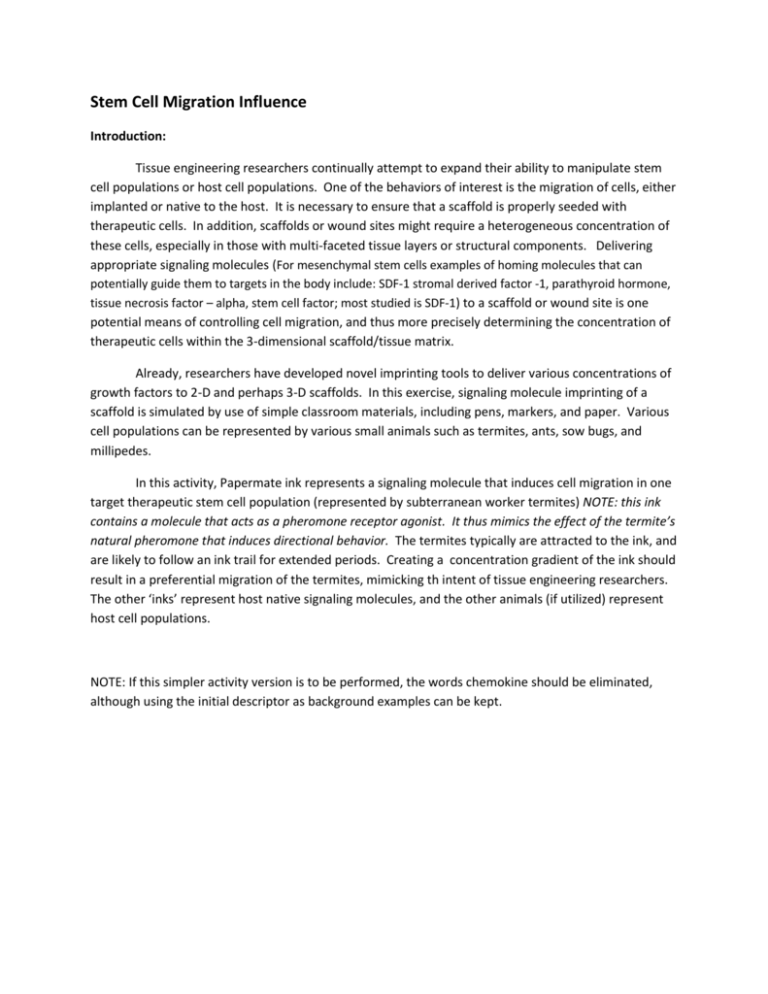
Stem Cell Migration Influence Introduction: Tissue engineering researchers continually attempt to expand their ability to manipulate stem cell populations or host cell populations. One of the behaviors of interest is the migration of cells, either implanted or native to the host. It is necessary to ensure that a scaffold is properly seeded with therapeutic cells. In addition, scaffolds or wound sites might require a heterogeneous concentration of these cells, especially in those with multi-faceted tissue layers or structural components. Delivering appropriate signaling molecules (For mesenchymal stem cells examples of homing molecules that can potentially guide them to targets in the body include: SDF-1 stromal derived factor -1, parathyroid hormone, tissue necrosis factor – alpha, stem cell factor; most studied is SDF-1) to a scaffold or wound site is one potential means of controlling cell migration, and thus more precisely determining the concentration of therapeutic cells within the 3-dimensional scaffold/tissue matrix. Already, researchers have developed novel imprinting tools to deliver various concentrations of growth factors to 2-D and perhaps 3-D scaffolds. In this exercise, signaling molecule imprinting of a scaffold is simulated by use of simple classroom materials, including pens, markers, and paper. Various cell populations can be represented by various small animals such as termites, ants, sow bugs, and millipedes. In this activity, Papermate ink represents a signaling molecule that induces cell migration in one target therapeutic stem cell population (represented by subterranean worker termites) NOTE: this ink contains a molecule that acts as a pheromone receptor agonist. It thus mimics the effect of the termite’s natural pheromone that induces directional behavior. The termites typically are attracted to the ink, and are likely to follow an ink trail for extended periods. Creating a concentration gradient of the ink should result in a preferential migration of the termites, mimicking th intent of tissue engineering researchers. The other ‘inks’ represent host native signaling molecules, and the other animals (if utilized) represent host cell populations. NOTE: If this simpler activity version is to be performed, the words chemokine should be eliminated, although using the initial descriptor as background examples can be kept.
